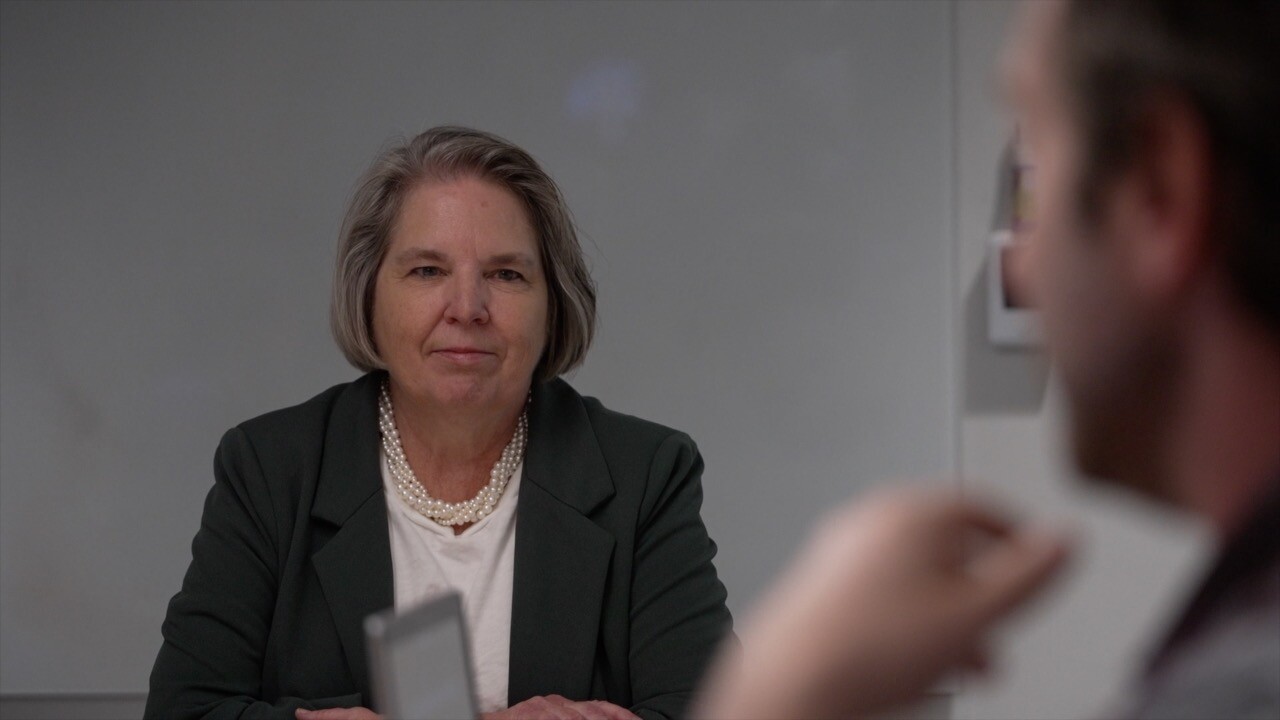BOULDER, Colo. — The National Institute of Standards and Technology (NIST) has a home in Boulder, and its main purpose is to set the standards of measurement for the United States.
At first, that sounds unimportant, but the work done at these laboratories is crucial to a well-functioning American industry.
“Almost everything that you do today that relies on some measurement to make it accurate or make it safe probably ties back to NIST,” said Marla Dowell, director of the CHIPS Metrology Program and NIST Boulder Laboratory. “If you can't measure something, you can't make it better and you can't innovate.”

NIST touches every part of American industry. Take, for example, the auto industry.
“Your car wouldn't work without all the calibrations and the measurement technology that we develop here that allows those sensors to operate the way that they should,” said Dowell. “In the factory, that they can meet the tolerances on machining the door or welding the door to your car, or even being able to say a gallon of gas is a gallon of gas.”
Companies need reliable systems of measurement to ensure their products are safe and effective, and NIST will often work directly with companies to guide them.
NIST is not a regulatory agency. It sets the measurement infrastructure but it doesn't enforce it, making it more appealing for companies to work with NIST to improve their products and technologies.
“If an airbag deploys in a car, you need to make sure that the force doesn't exceed a certain amount so that somebody doesn't get hurt,” said Dowell. “Those force measurements are traceable back to NIST.”
One of the most important standards of measurement set at the Boulder laboratory is exactly how long it takes for a second of time to pass. Sitting in an unassuming room at the center of one of the many buildings at NIST Boulder is the atomic clock, which appears to be just a roughly 4-foot-tall metal cylinder.

“We want to collect about a million very slow cesium atoms into a ball that is maybe a centimeter big at the bottom of this structure,” said Greg Hoth, a research physicist for NIST. “Then that ball of cesium atoms is what we're going to use to test whether the clock we're calibrating is resonant with the cesium atoms or not.”
Electromagnetic waves are launched at the ball of cesium atoms, which causes it to jump to a different energy state. When it gets to exactly 9,192,631,770 changes of energy state, that means NIST has counted exactly one second of time.
“Of course, then you have to immediately start counting again, because no one wants to count just one second,” said Hoth.
The goal is to make sure the entire world operates under exact same definition of time. Things like GPS, cell phones, and even the stock market rely on super-precise measurements of time.
“All the stock trades on Wall Street are also tied to NIST time,” said Dowell. “They all have to be time stamped. The time that the time stamp is can make the difference in terms of what the value of your trade is.”
In 2022, the Chips and Science Act passed, granting $52 billion for multiple federal agencies to bring microchip and semiconductor manufacturing back to the United States. NIST will receive $11 billion of that fund, which will go toward research and development in semiconductor technologies.
“Today's most advanced semiconductors and chip designs require precision dimensional measurements down to the almost sub-nanometer level,” said Dowell. “We need to be able to measure things as simple as length in lots of different environments and in lots of different ways. And today, those tools for some of those most advanced measurements do not exist.”
To the scientists and physicists of NIST, this is a once in a lifetime opportunity.
“I think this is going to be the most important thing I do in my federal career,” said Dowell. “The US government has made four big investments in science and engineering innovation. The first was the Manhattan Project, then the Moon landing, the human genome, and today, CHIPS for America… This is really a historical time, and to be involved in this is really a special thing to happen.”





Denver7 is committed to making a difference in our community by standing up for what's right, listening, lending a helping hand and following through on promises. See that work in action, in the videos above.



